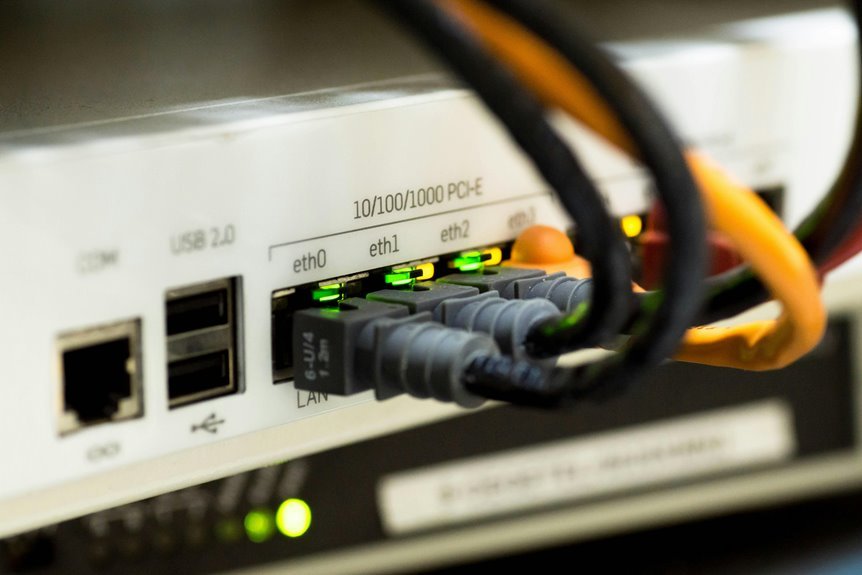Telecom Infrastructure & System Management Unit 8175410088 8055902250 8442363525 61292965696 9189216770 2816230723
In today’s fast-paced digital landscape, the efficiency of telecom infrastructure significantly impacts communication and data transfer. You’re likely aware of the complexities involved in managing such networks, especially as demands evolve. The Telecom Infrastructure & System Management Unit plays a pivotal role here, but its challenges and innovations are far from straightforward. Understanding how this unit navigates these intricacies can reveal insights into the future of telecom optimization.
Importance of Telecom Infrastructure Management
While you may not always see it, effective telecom infrastructure management is crucial for ensuring seamless communication and data transfer.
By prioritizing telecom efficiency, you enhance network reliability, reducing downtime and optimizing performance.
This strategic approach empowers your organization to adapt swiftly to changing demands, fostering innovation and growth.
Ultimately, strong infrastructure management safeguards your freedom to communicate effectively in an increasingly interconnected world.
Key Functions of the Telecom Infrastructure & System Management Unit
The Telecom Infrastructure & System Management Unit plays a pivotal role in maintaining the backbone of communication networks.
It ensures effective network monitoring to identify and resolve issues promptly. Additionally, you’ll appreciate how it optimizes resource allocation, enhancing performance and reliability.
Challenges in Telecom Network Management
As telecom networks evolve with increasing complexity, managing them effectively presents significant challenges.
You’ll face issues like network scalability, as expanding infrastructure strains existing resources.
Additionally, performance monitoring becomes critical; without real-time insights, identifying bottlenecks and optimizing service quality is nearly impossible.
Addressing these challenges requires robust strategies that allow you to maintain efficiency while adapting to ever-changing demands.
Future Trends in Telecom Infrastructure Optimization
Addressing the challenges in telecom network management has set the stage for innovative approaches in infrastructure optimization.
As you look ahead, embrace 5G deployment, network virtualization, and AI integration.
Focus on edge computing and energy efficiency, leveraging software-defined networking and automation tools.
These trends enhance infrastructure resilience, ensuring your network adapts swiftly to demands while maintaining optimal performance and reliability.
Conclusion
In conclusion, as you navigate the complexities of telecom infrastructure management, remember that effective monitoring and optimization are vital. By embracing advanced technologies, you can tackle challenges head-on and enhance network performance. Coinciding with the industry’s evolution, your focus on energy efficiency and sustainability will not only support seamless connectivity but also position you at the forefront of future trends. Stay proactive, embrace innovation, and ensure that your telecom systems thrive in our increasingly interconnected world.







